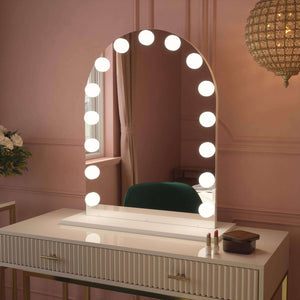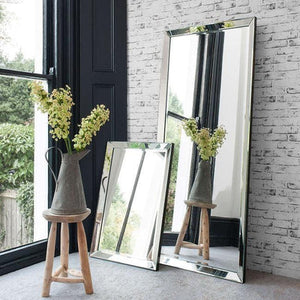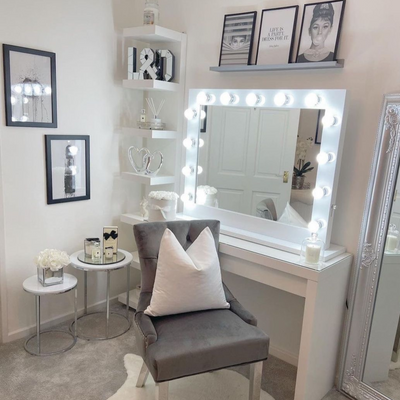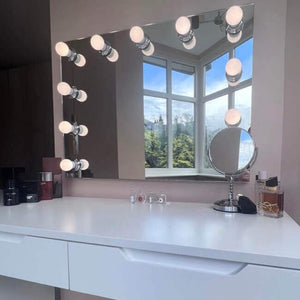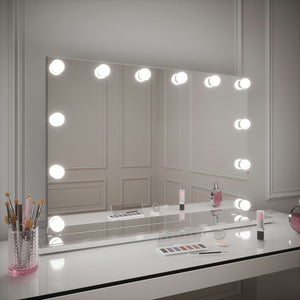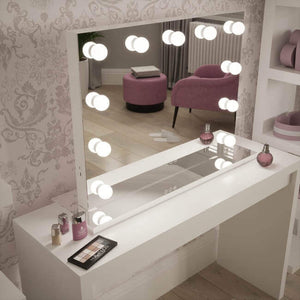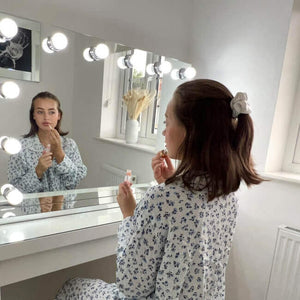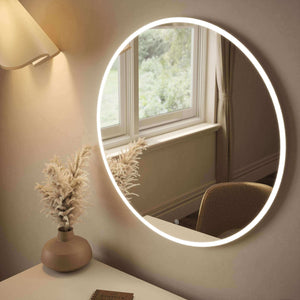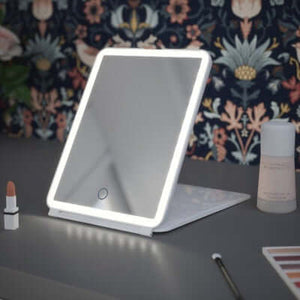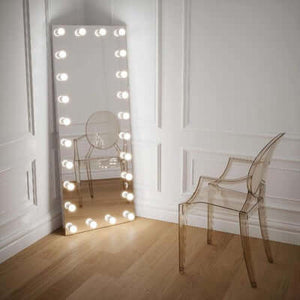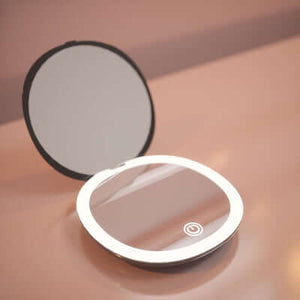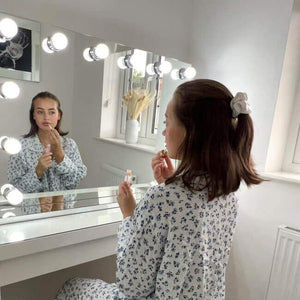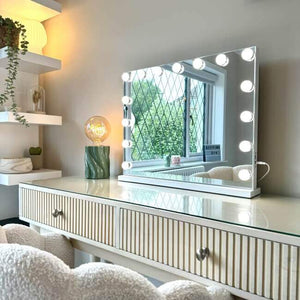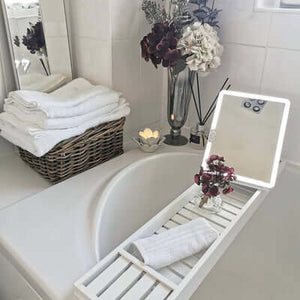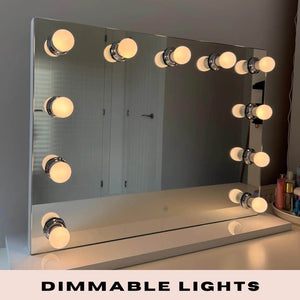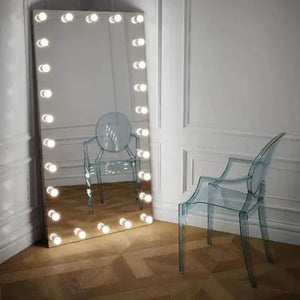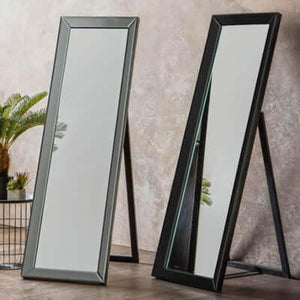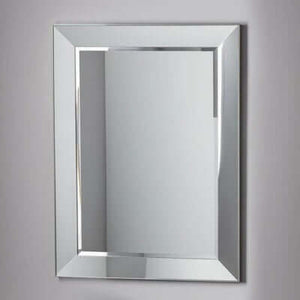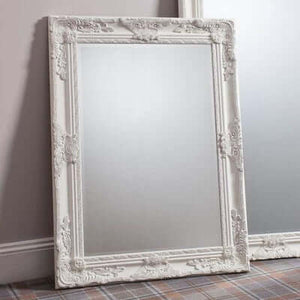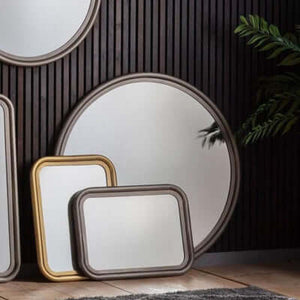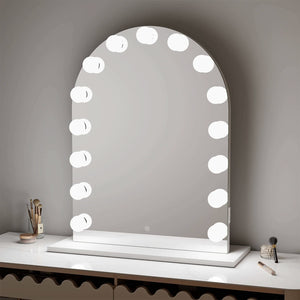Natural vs LED lighting? Which will benefit your makeup application?
It's easy. Assume that natural light is always the better choice over artificial light when applying makeup. However, a makeup artist doesn't have access to natural sunlight when they're applying foundation, eyeliner, and other essential products to their models.
Does this mean there's a need for natural light sources in the makeup routine, or do you need to ensure you're using the correct type of LED lights for your dressing room or vanity table?
Today, we're going to explore how different types of visible light can impact the appearance of your skin and enhance your makeup application.
Why is Lighting Important for Makeup Artists?
Most makeup artists and experts agree the key to good lighting application is proper lighting. Whether relying on natural sunlight or artificial lights, ensuring a person's adequate illumination makes it easier to address issues like dry skin, oily skin, and unwanted problems with makeup and skin tone inconsistency.
Good lighting for makeup application means that when you apply concealer, setting powder, and setting spray, you can see all the colours of a person's face distinctly. During makeup application, you can avoid unwanted shadows that can make it harder to see which colours don't work with certain skin tones.
Good lighting involves the full spectrum of visible light. Full-spectrum means you can see all the colours in an environment perfectly, so it's easier to determine precisely what specific colours on a person's skin will look like outdoors.
Unfortunately, finding the right glow for makeup artists can be easier said than done. Not all artificial lights can achieve the full spectrum as they should, and some create unwanted shadows. Additionally, fiddling too much with warm lighting choices at high levels of brightness and intensity can increase your risk of sweating and blemishes.
Why Natural Light is the Best
For any complexion, natural light makes a real difference to the application of makeup. Applying makeup in natural light, similar to the spectrum we receive from the sun, will give you the most accurate insight into what the makeup will look like in standard bright sunlight.
With natural lighting, you can add colour, concealer, eyeshadow, bronzer, and more, gaining a good insight into how it looks in a natural environment. You'll also get a more realistic image. A complete natural lighting experience will ensure the intensity of artificial light doesn't hide issues that may need to be covered with powder and concealer.
Natural lighting allows you to create a look that's unique to each person.
When daylight isn't available on a dreary morning or day, the next best option will be a glow that's as close to the spectrum of natural sunlight as possible. Since sunlight contains all of the colours in the spectrum, it creates “white light."This is"a "little cooler than the artificial light produced by most incandescent bulbs.
White light from LED lights can create a steady stream of light with moderate light intensity. The proper artificial lighting, using cool white lights, shouldn't use incandescent bulbs, as these can become too hot when used for extended periods.
In some cases, it's possible to improve the impact of your natural lighting experience by using a set of reflectors or similar tools to balance the light intensity.
The Best Artificial Lighting for Makeup Application.
Rely on artificial light sources rather than natural light or daylight for your makeup application, as long as you avoid various sources of fluorescent light. You should still be able to achieve good results.
The best way to ensure your artificial lighting looks as good as possible is to position your artificial light sources correctly. The best lighting option will apply a ring of evenly diffused light around your face. This often means it's best to use mirrors with a ring of lights around them, so you achieve a more even balance of light and greater coverage for your entire face.
While a ring light can be suitable for a makeup artist, if you're applying your makeup at home and can't always rely on bright sunlight, the best lighting will usually be a beauty dressing table mirror, which can cast away shadows by spreading light all around your reflection.
Some forms of beauty mirrors with built-in lights already come with various dynamic lighting options to choose from. This may mean you can switch between warm and blue light, using warm light to apply moisturiser, while relying on blue light to apply blush to your cheeks, and finish your makeup look each morning.
What Types of Lighting Should You Avoid?
When quality light is essential to your makeup routine, it's also necessary to know which kinds of light to avoid. Generally, warm yellow light can make your cheeks appear sallow, and your skin looks more tired, which isn't ideal if you're shooting a video for YouTube or preparing for a photo session.
When conducting your beauty routine, make sure you also avoid:
· Fluorescent lighting: Fluorescent light is overly bright and not particularly flattering. It can lead to you choosing the wrong shades of makeup for your face because bad lighting alters your skin tone and how certain parts of your face appear.
· Blue light: While cool light similar to the sun is excellent, high blue content can also make you look more drained. Try to ensure your lighting is as natural as possible.
· Rose coloured light: Red and rosy coloured light might give your face a healthy-looking glow, but it can also distract you from what you look like. Although you might like your appearance in red light, it's best for something with more blue.
Making the Most of Your Lighting
One final point to keep in mind when searching for the best lighting for your makeup or beauty routine is that positioning is crucial. You'll need to position the light far enough away from you that it doesn't get too hot to cause burns on your hair and skin, leading to various blotchy patches.
It’s also ensuring you have the right balance of light all around your face. Having an even balance of light can make a real difference when you’re applying mascara and other forms of makeup. Choose artificial light sources which spread the light evenly around your face during your makeup application, and ensure you position your light in front of you, not behind you.
You should also close the window shutters so the colour temperature and exposure stay the same.
Artificial Light Sources
Positioning the light above or below your face creates a shadow that can make it harder for you to achieve the right coverage with your makeup. This is why it’s so much easier to apply makeup perfectly when you have a lit makeup mirror, rather than relying on the light above or behind you in your dressing room to create the perfect reflection.
Remember to monitor the health of your bulbs over time and replace them if they start to turn yellow or fail to provide the desired results.
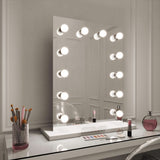 Alicia PRE ORDER - END OF SEPTEMBER. Hollywood Mirror 60cmx80cm
Alicia PRE ORDER - END OF SEPTEMBER. Hollywood Mirror 60cmx80cm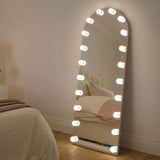 Angelina Full Length Arch Hollywood Mirror 160 x 60cm
Angelina Full Length Arch Hollywood Mirror 160 x 60cm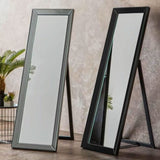 Angled Luna Mirror-Cheval Black
Angled Luna Mirror-Cheval Black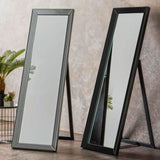 Angled Luna Mirror-Cheval Gray
Angled Luna Mirror-Cheval Gray

